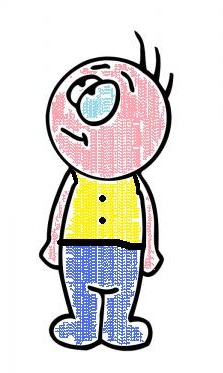Printable and online pronouns exercises with for teachers and students. Worksheets with personal pronouns , reflexive pronouns , indefinite pronouns , relative. The exercises are categorized in different topics and levels. They end in -self in the singular, and in -selves in the plural. Use the correct personal pronouns.
Watch the words in brackets. Read clear grammar explanations and example sentences to help you understand how pronouns are used. Then, put your grammar knowledge into practice by doing the exercises. Fill in the blanks with appropriate pronouns.
We need an object pronoun (him, her, them, us) after a preposition. Note that the pronouns you and it have. They can be the subject or object of.

Replace the words in brackets by the correct personal pronouns. Pronoun Examples and Rules (Sentences). On the left you can see Simon. These pronouns always refer back to the subject of the sentence. Dan and I waved hello to _________.
Click here to download this exercise in PDF (with ) Review the explanation about possessive adjectives and possessive pronouns here Need more practice? The following pages describe the grammar of pronouns. For lists of pronouns you can see the vocabulary of pronouns here.
Understand the difference between a pronoun and a noun. Type in the correct reflexive pronoun. English reflexive pronouns with exercises. But they found the right way home all by.
Play our grammar games and have fun while you learn. If you are a teacher, you can join us. Reflexive pronouns Übungen und Beispiele. Grammar online exercises for Possessive pronouns and possessive determiners. The pronouns we use depends on the role it plays in a sentence.
At the end of each page there are exercises , so you can practise what you have learnt. A worksheet to practice the interrogative pronouns with different types of exercises. Der Mann hat (du) etwas gefragt.
The man asked you something. A different pronoun is required depending on two elements: the noun being replaced and the function that noun has in the sentence. My cousin and her friend were at the mall. Does your aunt know what happened? We use personal pronouns (I, me, he, him, etc.) to replace names or nouns when it is clear what they refer to.

We use possessives (my, your, her) when it is not necessary to name the person the thing belongs to. His and hers are possessive pronouns. They are used to substitute a noun and to show possession or ownership.
Wenn du mit den Possessivpronomen im Englischen Schwierigkeiten hast, bist du hier genau richtig. Verwendung und Form werden hier einfach erklärt. Do they like to go cycling?
Rewrite the sentences, replacing the underlined part of the sentence with an object pronoun. Est-ce que je peux emprunter un CD à tes parents ? Subject pronouns , object pronouns , possessive pronouns , possessive adjectives. This worksheet has tasks. First, students define the word pronoun.
Then they circle pronouns in the sentences. Next, they write a sentence with two pronouns. Finally, they explain why a pronoun is incorrect in a given sentence.
Keine Kommentare:
Kommentar veröffentlichen
Hinweis: Nur ein Mitglied dieses Blogs kann Kommentare posten.